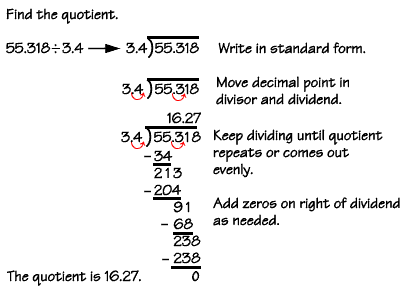Here is a example of BBOA or the Building Blocks of Algebra.
Wednesday we will begin looking at the parts of BBOA using the Graphing Calculator.
Thursday and Friday we will be making icosahedrons as a Christmas Ornament project. An icosahedron is a 20 faced polyhedron where each face is an equilateral triangle.
Students can bring Christmas cards if they would like to make their icosahedron or they will use the card stock they I have.
Friday, the students will be released at 1:00. We will have a modified schedule that day.
December 19th – Early Release Bell Schedule
1st pd -- 7:45-8:15
2nd pd -- 8:19-8:49
3rd pd – 8:53-9:23
5th pd – 9:27-9:57
6th pd – 10:01-10:31
7th pd – 10:34-11:04
4th pd – 11:08-1:00
**Lunch Schedules**
A lunch – 11:08-11:38
B lunch – 11:44-12:14
C lunch – 12:20-12:50
I hope everyone has a wonderful weekend.
Bonus Question of the week:
Braden is downloading a file. The size of the file is 3,200 KB. It takes 3 minutes to download the first 1,200 KB of the file. If the file continues downloading at the same rate, how many more minutes will it take to finish downloading?Copy the question, work and answer it with its correct label, and turn it in by Thursday, Dec. 18th for 10 Bonus points.

































